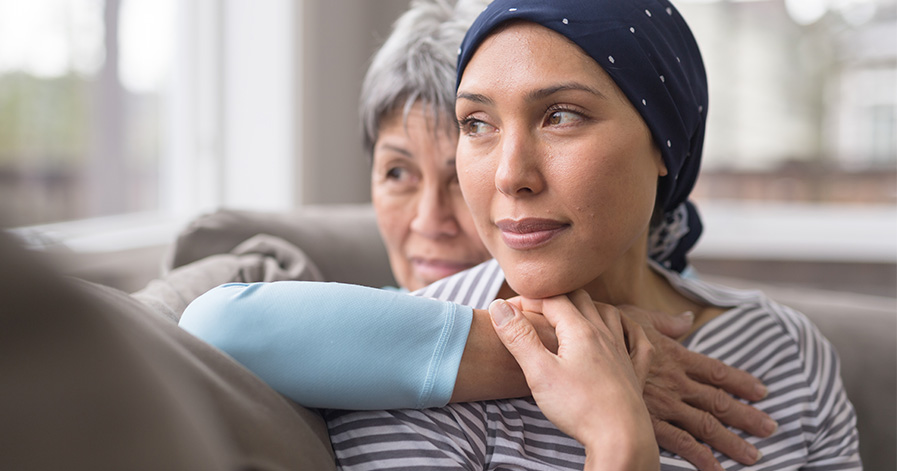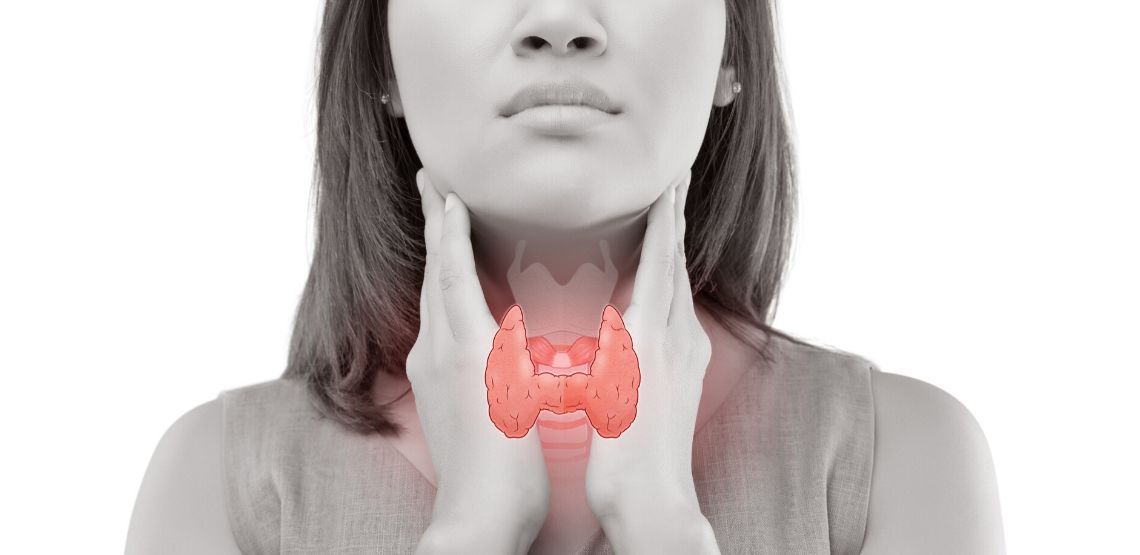Common Cancer Treatments
There are many different types of cancer treatment. The most appropriate therapies depend on the type of cancer being treated, how advanced it is, and the general health of the patient.
Furthermore, cancer treatments may be offered alone or in combination. The main treatment is known as the "primary treatment," and this is used to destroy cancer cells and remove them from the body.
A second therapy, known as an "adjuvant treatment" may be added to the primary cancer treatment. These therapies aim to remove any cancerous cells that remain in the body after primary treatment.
"Neoadjuvant treatment" works in a similar way, but is administered before the primary treatment to make it more effective.
Finally, there are "palliative treatments." These are used to relieve the symptoms of the cancer itself, as well as any side effects of treatment.
In this article, we review some of the most common cancer treatments and how they work.
Chemotherapy
Chemotherapy uses powerful drugs to kill cancer cells and stop them from growing and spreading. There are many different chemotherapy drugs, and the best one depends on the type of cancer being treated and the patient’s situation.
Chemotherapy often comes in the form of oral medication, injections or intravenous infusion. It may also be injected directly into the tissue of the central nervous system (intrathecal) or abdomen (intraperitoneal).
Unfortunately, chemotherapy can also destroy healthy cells, especially those that grow quickly such as those inside the mouth and stomach, and the hair follicles. Therefore, chemotherapy can cause unpleasant side effects, including:
- Sore mouth
- Nausea
- Vomiting
- Hair loss
- Fatigue
To keep these side effects to a minimum, chemotherapy is usually given in short courses with a break in between. For example, patients may have chemotherapy daily for a week, followed by a three-week break.
Radiation Therapy
Radiation therapy works similarly to chemotherapy, but using powerful radiation rather than drugs. It damages the DNA of cancer cells, stopping them from growing and spreading.
Radiation can be administered externally, using a beam such as an x-ray, or internally. There are two types of internal radiation therapy. One uses solid implants and is known as brachytherapy. The other uses a radioactive liquid that can be given by mouth or injection.
External beam radiation therapy and brachytherapy are used to treat a tumor in a single area. Liquid internal radiation therapy is used to treat the whole body.
The disadvantage of internal radiation therapies is that they make the patient temporarily radioactive. Other radiation therapy side effects include:
- Nausea
- Sore mouth
- Throat problems
- Soreness in the treated area
- Fatigue
Immunotherapy
One of the immune system’s functions is to identify cancer cells and kill them before they spread. However, cancer cells can adapt over time, making it harder for the immune system to do its job.
Immunotherapy helps treat cancer either by boosting the immune system or marking cancer cells, making them easier to identify.
There are several types of immunotherapy and they can be oral, intravenous, topical or intravesical (administered directly into the bladder).
Some common side effects include:
- Local pain, swelling or rash (if given by injection)
- Flu-like symptoms (fever, chills, headache, nausea and weakness)
Surgery
Surgery can be used to remove a cancerous tumor, or part of a tumor. In some cases, the surrounding tissue or lymph nodes will also be removed. This is done under local or general anesthetic, depending on the size and location of the tumor.
One option is to remove tumors surgically with a scalpel. However, other techniques may also be used. Cryosurgery freezes cancerous cells using liquid nitrogen or argon gas. Hyperthermia uses very high temperatures to destroy cancer cells. Photodynamic surgery uses a combination of drugs and light, which react together to destroy cancer cells. Laser surgery may be used if a very small area needs to be targeted precisely.
Another common cancer surgery is a stem cell transplant. These are used to treat blood cancers such as leukemia or multiple myeloma. They may also be useful if very high doses of chemotherapy or radiation have damaged the blood cells.
Related Search Topics (Ads)
Surgery is associated with several risks, including post-surgical pain and infection. Stem cell transplants carry the risk of graft versus host disease, in which transplanted white blood cells attack the patient’s organs. This risk can be reduced by using the patient’s own stem cells (autologous transplant) or those from a donor whose stem cells match theirs closely, such as a sibling (allogenic transplant).
Targeted Therapy
Targeted therapy uses drugs that are designed to target specific changes in cancerous cells. By doing this, they prevent tumors from growing and spreading.
There are different types of targeted therapy. Some work to boost the immune system, while others damage cancerous cells. Some stop the formation of new blood vessels, which cancer cells need to spread through the body.
One of the issues with targeted therapy is that cancer cells can become resistant to its effects. Therefore, it is often combined with chemotherapy or radiation. It can also cause some unwanted side effects, including:
- Diarrhea
- Liver problems
- Blood clotting problems
- High blood pressure
- Slow healing
- Mouth sores
- Skin, hair and nail changes
Hormone Therapy
Some cancers rely on hormones to grow, including prostate cancer in men and breast cancer in women. Hormone therapy blocks the action of these hormones to treat cancer, or reduce the likelihood of it returning. In some cases, the hormone-producing glands (the ovaries or testes) may be removed.
The side effects of hormonal cancer treatment vary depending on the type.
Men using it for prostate cancer may experience:
- Hot flashes
- Low libido
- Sexual dysfunction
- Weak bones
- Diarrhea
- Nausea
- Growth of breast tissue
- Fatigue
Women using hormone therapy for breast cancer may suffer from:
- Hot flashes
- Vaginal dryness
- Low libido
- Menstrual cycle changes
- Mood changes
- Nausea
- Fatigue
Precision Medicine
Precision medicine is also known as personalized medicine. It works on the basis that not everyone with the same type of cancer will respond to the same treatment in the same way. It aims to identify genetic changes in cells, and highlight the most appropriate treatment.
Precision medicine is still a developing science. However, technological advances are being made all the time. Therefore, this type of cancer treatment shows great promise for the future.


